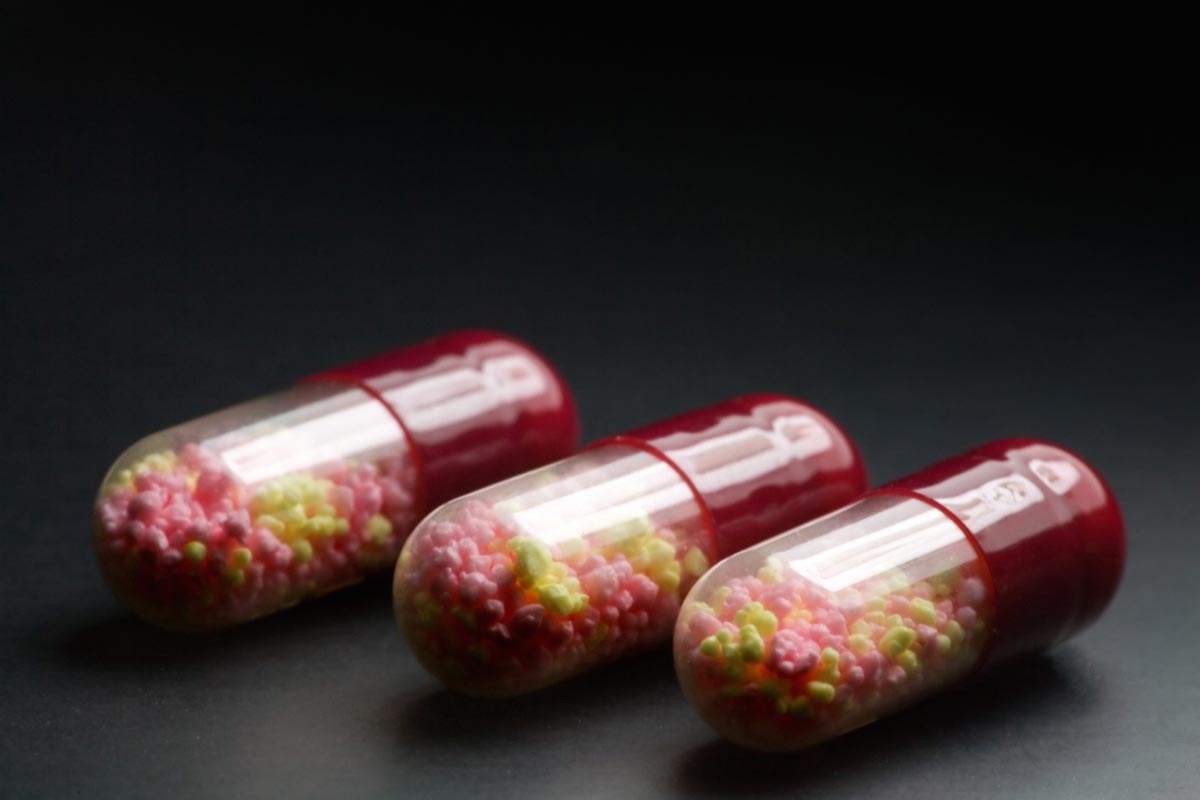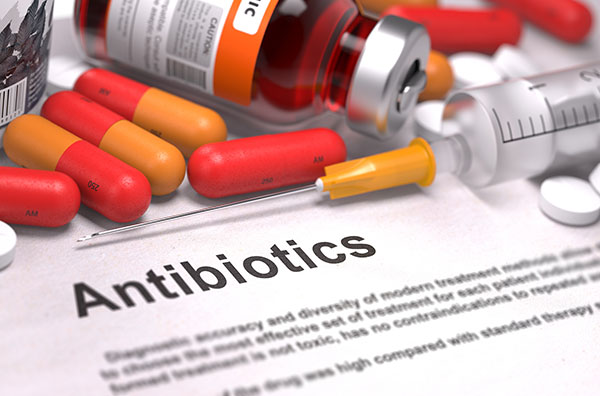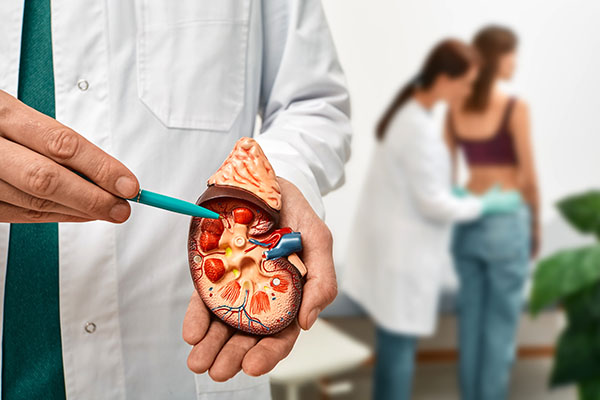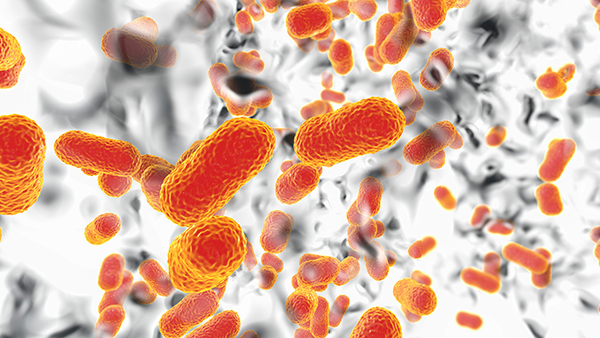
In fact, as noted by Science Alert, researchers have now identified a dozen of the most dangerous antibiotic-resistant bacterial strains — superbugs that can kill quickly and have the potential to wipe out entire populations if they mutate much more.
This so-called “dirty dozen” involves 12 families of dangerous bacteria, all of which have become hard to kill using available antibiotic medications. Resistance to antibiotics leads to around 700,000 deaths every year, and a study commissioned by the British government that was published in 2014 projects that, by current estimates, that figure could rise to 10 million deaths by 2050.
Among the study’s findings:
— Antibiotic resistance costs about 50,000 lives in the U.S. and Europe alone each year (the Centers for Disease Control and Prevention puts the U.S. figure at around 23,000 annually);
— The 10 million deaths from antibiotic resistance, if it continues to grow, would be higher than the 8.2 million people who die each year from various forms of cancer and the 1.5 million who die from diabetes, combined;
— The deaths would cost upwards of 3.5 percent of the world’s gross domestic product by 2050, or a staggering $100 trillion.
“Notably, the project doesn't attempt to estimate what they call the secondary costs of resistance: that is, the cost of having to forego routine medical procedures such as cancer care, joint and organ transplants and surgeries, because without antibiotics, the danger of infection would be too great,” reported Wired, citing the British study. (Related: Superbug deaths expected to outnumber cancer deaths by 2050 thanks to the overuse of antibiotics.)
"Antibiotic resistance is growing, and we are fast running out of treatment options,” said the WHO's assistant director-general for health systems and innovation, Marie-Paule Kieny.
"If we leave it to market forces alone, the new antibiotics we most urgently need are not going to be developed in time.”
This list of 12 deadly strains is divided into three categories based on urgency: Critical, high, and medium, which corresponds to how urgently new antibiotics are needed to treat them.
The “critical” section includes "three bacteria – Acinetobacter baumannii, Pseudomonas aeruginosa, and Enterobacteriaceae – which are all resistant to multiple drugs, and can cause a range of severe infections, including pneumonia and blood infections,” Science Alert reported. The remaining nine pathogens are not as dangerous; they include infections like gonorrhea and food poisoning, but they can still kill.
Worse, some researchers believe that because antibiotics are low-profit and there are many hurdles to bringing new drugs to the market, superbug killers could still be at least a decade away. Meantime, the problem will get worse before it gets better.
So what can you do to protect yourself from getting a superbug infection in the first place? A number of things:
— Change your diet: By cutting out junk — processed foods, non-nutritious foods, GMOs and foods loaded with toxic preservatives and ingredients — and switching to wholesome, organic, fresh foods instead, you dramatically lower your chances of getting sick.
This includes adding more superfoods and healing foods to your diet, which is very easy to do.
— Improve your fitness: Healthier people tend to get sick far less because they can have greater resistance to infection. And even if they do get sick, fitter individuals have a better chance of fighting off infection because they have stronger immune systems. This isn’t a ‘fitness’ pitch: An exercise program that improves your strength and stamina will help better protect you from disease.
It may be some time before researchers find real cures for some of the world’s deadliest superbugs. Improve your odds of not getting infected by committing today to become harder to kill.
J.D. Heyes is a senior writer for NaturalNews.com and NewsTarget.com, as well as editor of The National Sentinel.
Sources include:
Please contact us for more information.























